The Meyer Primoplan 75mm f/1.9 II is the third of the new Meyer lenses I’ve reviewed. Unlike the 100mm Trioplan and 30mm Lydith of which I’d shot old versions before, I’ve never even seen a Primoplan lens, never mind used one. Added to the fact that I have recently found a lot of love for short telephoto lenses, not to mention that I find myself fascinated by new glass that bucks the trend of just trying to be objectively perfect, and I was all the more intrigued to see what this lens could do.
The thing I have enjoyed the most about these new Meyer lenses is that they’ve seemingly not been exact copies of the old lenses. They’re reformulated slightly and have modern coatings, but at the same time still have the relatively simple core optical formulae and so take something from the original designs.
The result of this, at least as I’ve found it, are lenses that feel unique in their rendering. They have a combination of classic and more modern traits. The 100mm still had the bubble bokeh it’s known for and was very low contrast wide open, but stopped down it had a lot more contrast and behaved a little more like a modern lens without perhaps the harsh clinical look that some modern glass can produce. The 30mm was sharp and contrasty in the centre from wide open, but sharpness falls off to the outside of the frame, even when stopped down. Add to that the rainbow flare and again it makes for a characterful optic that will hold appeal with a specific group of people who like what it does.
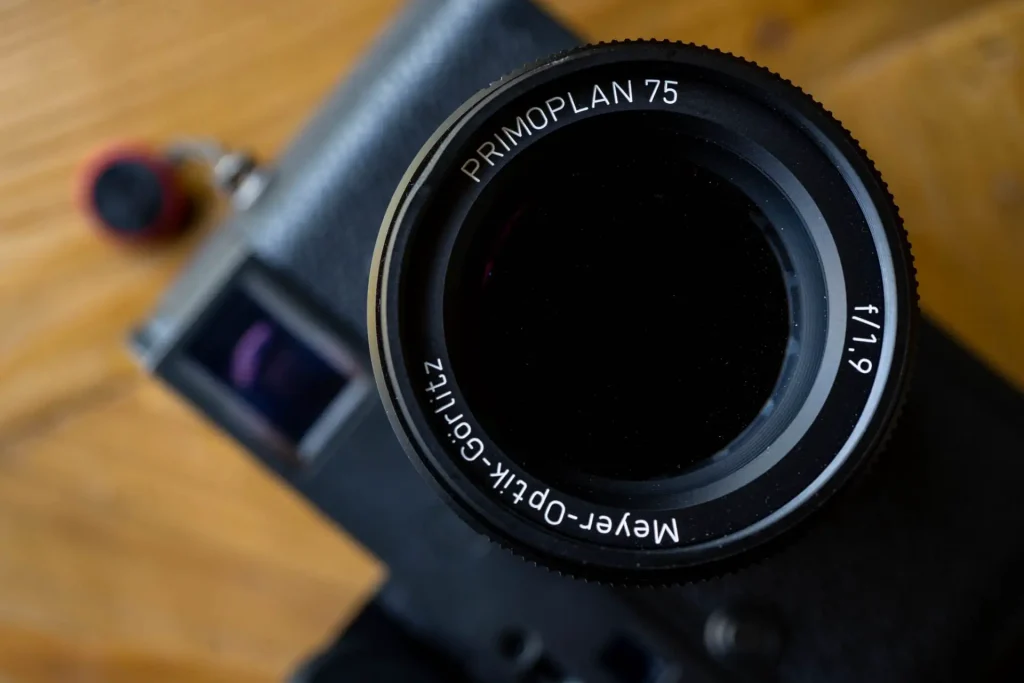
That’s the core ethos of these lenses I think. They’re not for everyone, but they’re not designed to be either. That’s fine too, there’s plenty of kit out there that is supposed to appeal to a broader audience, these Meyer lenses just fill a smaller niche. Of course, almost just on principle, I like kit that doesn’t comply with the bigger, better, sharper, faster convention in photography equipment. I mentioned this I a recent review of the Funleader 18mm, though as I also talk about in that review it’s harder to like that lens for its optics alone. These new Mayer lenses are all about what they can do optically, yes they are nicely made, feel great mechanically etc. but the price point makes for lenses that really need to be enjoyed for their glass.
Primoplan 75mm f/1.9 – User Experience
That said, I shall still start by talking about the mechanics. The Meyer Primoplan 75mm f/1.9 II is a very solid feeling lens. But, just as neither the 30mm and 100mm communicate with the camera, this lens doesn’t either. The mount is completely dumb with no mechanical linkages at all.
Focusing
The result of this is a totally manual experience. The Primoplan 75mm f/1.9 is manual focus of course, but the aperture is manual too. On mirrorless cameras this is less noticeable – you set the lens to the aperture you want to shoot at, focus and shoot. The screen compensates for the aperture setting. On SLR cameras, you focus wide open, then manually set your aperture to shoot.
This has been the same for each of these lenses, and with me wanting to shoot them with film, I’ve had slightly different experiences each time. This time I first decided that I was going to try it on my MZ-S. I’ve not used the MZ-S a lot yet but wanted to spend some time with it so thought I’d give it a run. Unfortunately, mounted on the MZ-S, the Primoplan 75mm f/1.9 II doesn’t trigger the focus assist. I assume this is due to the lens being too low contrast when wide open…? As such, if I wanted to use it on that camera I would have been left with judging the focus just by the screen. And as good as the screen in the MZ-S is, it’s not good enough for me and my eyesight.
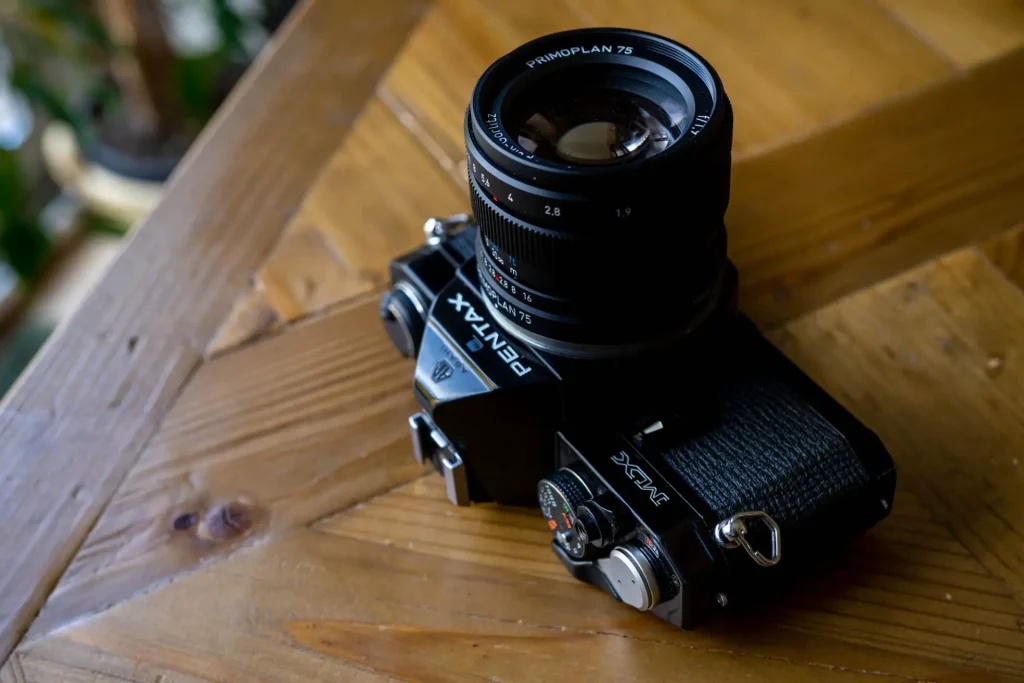
I suspect this would also be the case with other SLR cameras with electronic focus assist too, both digital and film as when shooting it on the Leica M10-P, focus peaking wasn’t as strong as it is with some more modern formula lenses either – in fact, in the end, I bought a Pentax -> Sony adapter to make use of Sony’s superior focus peaking.
Anyway, after it not quite working out with the MZ-S, I resorted to my MX. This SLR is now the front runner by a country mile for me when it comes to manual focusing. The viewfinder is massive and very bright and so it’s very easy to use – the lenses wide open optical qualities certainly don’t impact on the split-screen focusing process. (Unfortunately, it seems to have developed a dodgy shutter – but that is perhaps a story for another day…)
Mechanics
The Meyer Primoplan 75mm f/1.9 II focuses down to 0.75m. Again, like the other lenses, I found the focus throw to feel quite long, though not nearly as long as the 30mm. I think because the 30mm is a wide and therefore drives you closer to the subject, and it focuses very close, it can feel like the focus takes an age to turn. I didn’t find that to be the case here.
Both focusing and aperture controls are smooth and feel well machined. Like the 30mm, it doesn’t have any of the metal on metal feel I felt in the 100mm. It seems Meyer’s comment to me about this being something they have solved was true. The aperture is also unclicked.
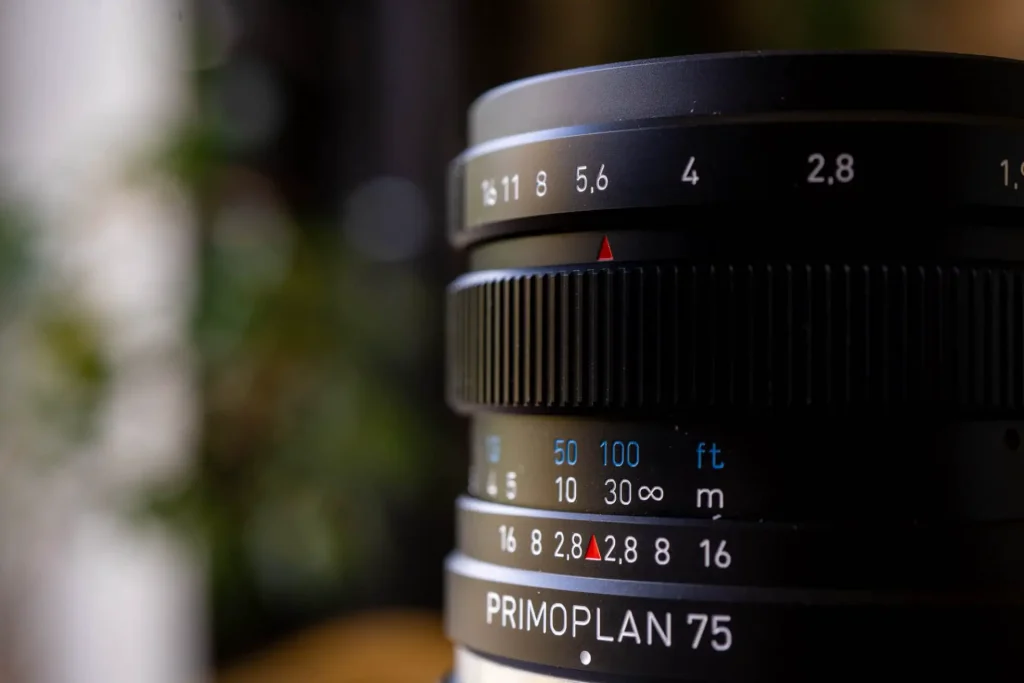
In use the Meyer Primoplan 75mm f/1.9 II feels tiny. I have been spoiled by the Pentax 75mm that really is small, so was expecting this lens to feel big. It’s not. It feels wider, but no longer. In fact, it surprised me how snub it is. The size does mean that it slightly falls foul of the usability issue the 30mm had wherein it’s all too easy to grab the aperture instead of the focusing control. They both have the same knurling and are close together at the front of the lens. That said, I didn’t find it as much of an issue as I did with the 30mm – perhaps because it’s slightly longer, or perhaps because I’m just getting used to the feel of these lenses…?
Primoplan 75mm f/1.9 – Optics
Once again with these new Meyer lenses, the Meyer Primoplan 75mm f/1.9 II didn’t turn out to produce images as I expected it might. I didn’t know exactly what to expect, but I had a feeling it wouldn’t be far off the sort of results I got from the Trioplan. Actually, in reality, it definitely has a character all of its own.
To begin with, when shot wide open it has a lot more contrast. The Trioplan produces images that are a lot more washed out wide open. The Meyer Primoplan 75mm f/1.9 II has a good deal more pop wide open.


Straight out of camera vs my processed version – shot at 1.9, missed focus!
Wide open glow
Despite this, it still seems to produce something of a glow around brighter subject matter when shot against darker backgrounds. The Trioplan did this too, and I quite enjoyed the fact that I could retain this glow even after increasing the contrast to get images that I preferred. With the Meyer Primoplan 75mm f/1.9 II, I needed to apply a lot less post-process to wide-open images to get a look that I liked.

Of course, with this glow and the slightly lower contrast, wide-open shots don’t appear as sharp. But the overall rendering I found to be really nice, especially for portraits where I don’t really favour seeing every eyelash and pore rendered in perfect detail. Stopped down, even to f/2.8, and there’s still a notable increase in contrast. Images appear sharper and the glow pretty much disappears.

That said, I found the corners/edges to stay softer even stopped a few stops down. In fact, they might not ever really perfectly sharpen up.
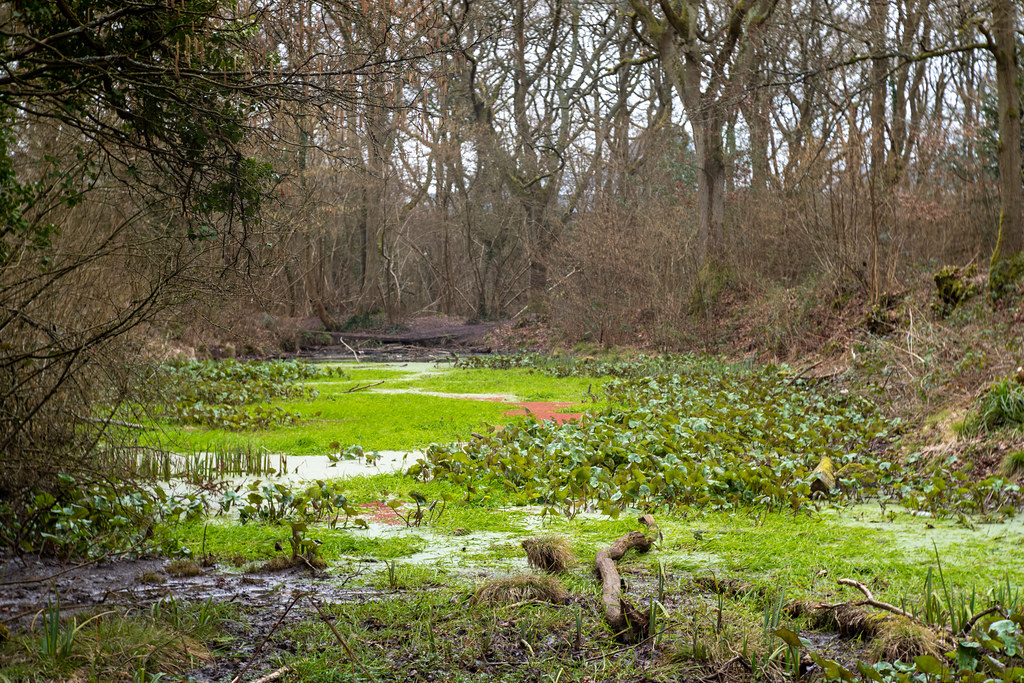
That said, I must admit I quite quickly became fairly disinterested in what the Meyer Primoplan 75mm f/1.9 II could do stopped down. It has some character/issues (pick your own adjective) when stopped down, but where it’s most fun – like most character lenses – is at the wider apertures.
Bokeh
I really like the bokeh it produces. I’m sure I’ve read about Primoplan lenses being a bit nuts in terms of their bokeh. Of course, it’s subjective, but for my tastes, I don’t find crazy bokeh to be the case here at all really. Wide-open, with the subject close to the camera, it does create a bubbly look, but the bubbles are almost uniform across the image. That is to say, they don’t go cat’s eye-shaped toward the edges of the frame.
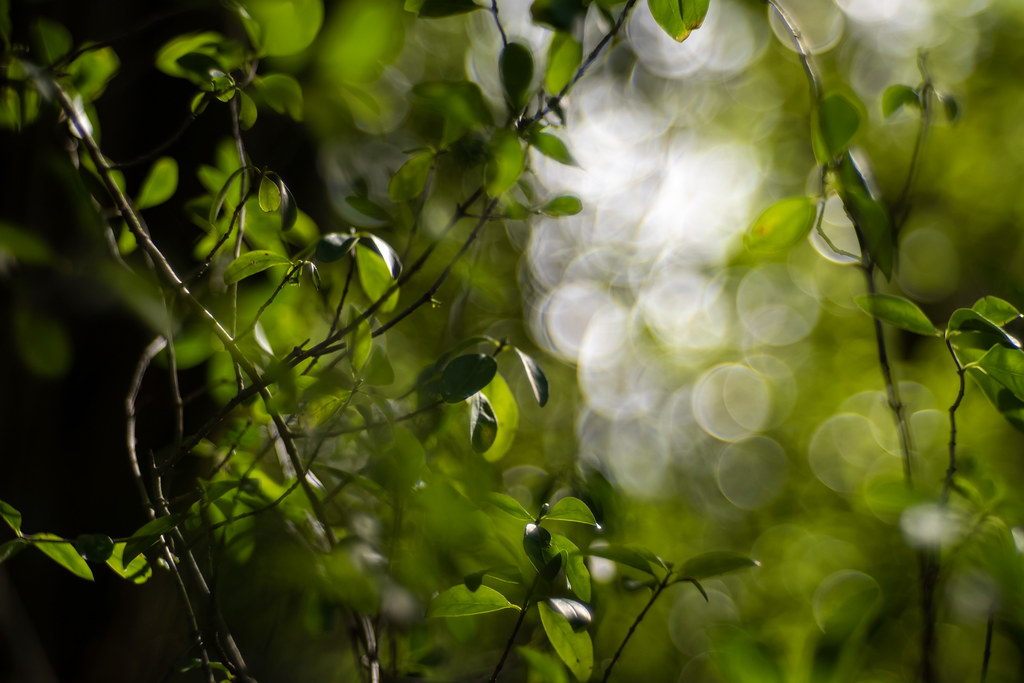
That said, with the subject and background further away, I did catch a glimpse of some cat’s eye-shaped bokeh.

Stop the Primoplan 75mm f/1.9 II down even to f/2.8 and the bokeh becomes a great deal smoother. The edges of the bubbles disappear, and the many aperture blades keep the shapes circular. The result is very nice, very inoffensive bokeh even with backlit foliage.
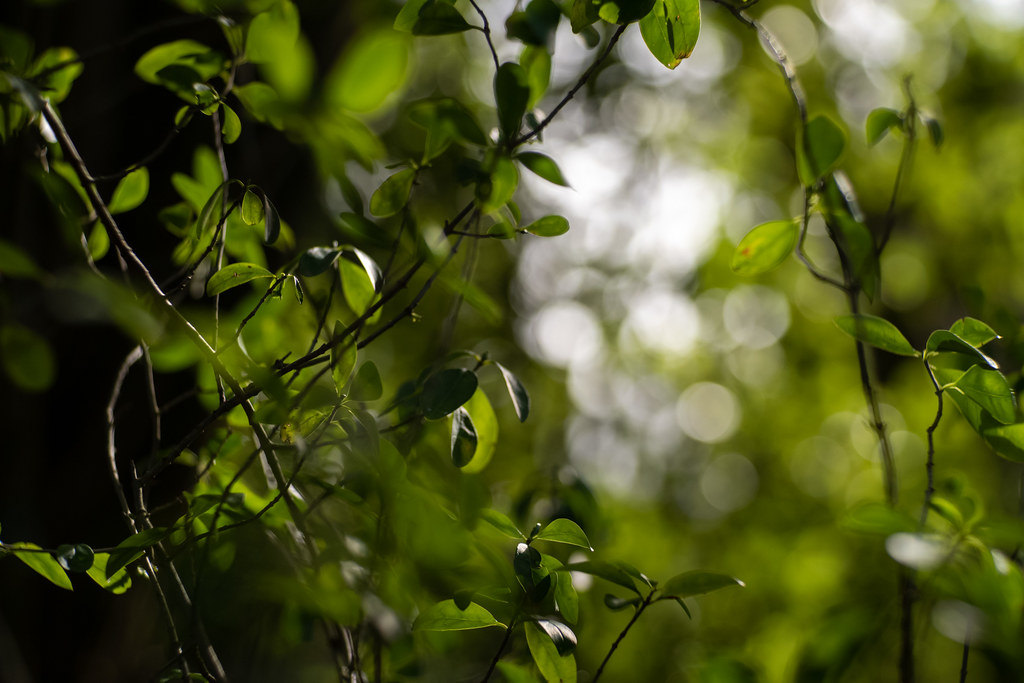
Transition Zones
But, whilst I really like how the Primoplan 75mm f/1.9 II renders what’s in focus and out of focus, actually what really interested me about how this lens renders is how the in-focus combines with the out-of-focus. The key, I think, is not just in the bokeh, but in the in to out of focus transitions.
I did a bit of reading about this lens, and did find a couple of small references to it, but not as much as I thought I might. It is mentioned in the little bit of blurb on the Meyer website though. I never really read this sort of marketing blurb, or if I do, I tend to roll my eyes a little. On this occasion, I actually agreed with it (almost) entirely. It says:
“The Primoplan 75mm f/1.9 II is known for its fine progression from focus to blur, exceptional base sharpness and unique, dreamy, creamy bokeh, which lets the light magically flow together.”
Ignoring the fluffy use of the word “magically”, and perhaps the overemphasis on the bokeh, the bits that caught my eye were the “fine progression from focus to blur” and the words “flow together”. This is exactly what jumped out at me in my images.
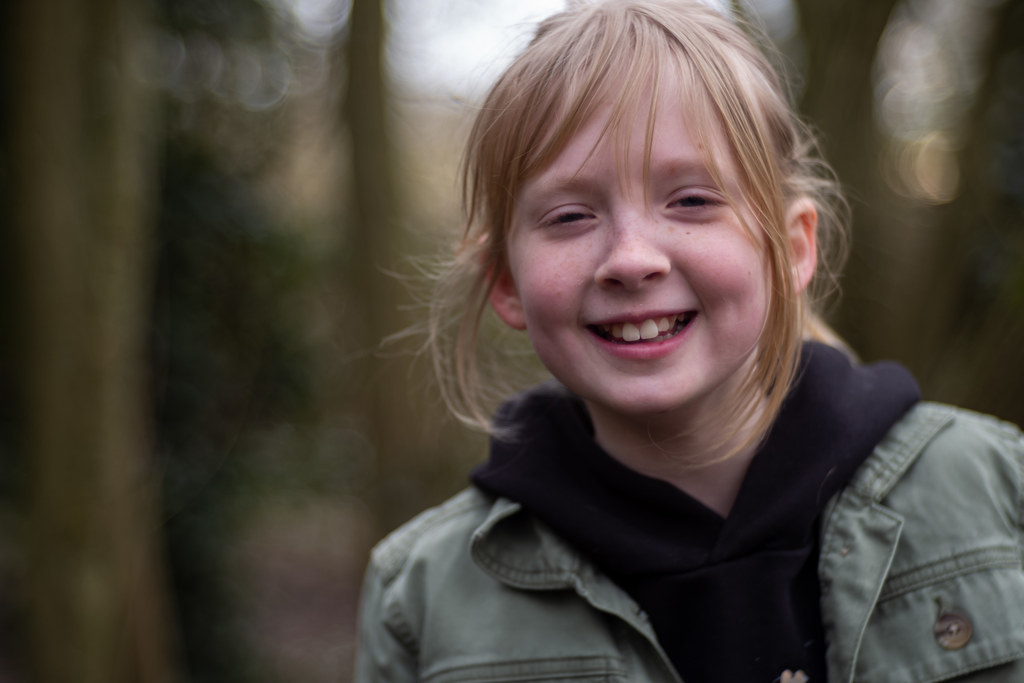
Depth of field from this lens at the close focusing distance wide open is almost impossibly shallow. More shallow feeling than the Pentax 77mm I think. Combine this with the slight in-focus softness and really nice bokeh, joined together with this really quite wonderful transition zone rendering, and actually the combined impact on the overall image is, I think, really very pretty indeed!
Have a look at either of these portraits of Connie I’ve on a big screen – they are available large on Flickr – and I’d be surprised if you don’t see what I mean. The one below, though not as nice a photo of Connie, is wonderfully rendered… In fact… maybe it is magical…?

Other traits
In terms of other character traits, as per the other Meyer reviews I have done, I don’t have a lot to say about things that I don’t feel are particularly relevant to the Primoplan 75mm f/1.9 II and its usage case. I did note some colour fringing in the bokeh in a couple of shots that I suppose might be an issue to some, but I didn’t fall foul of it really. Alongside the colour fringing in the bokeh, you can see a bit of cat’s eye-shaped bokeh here too.
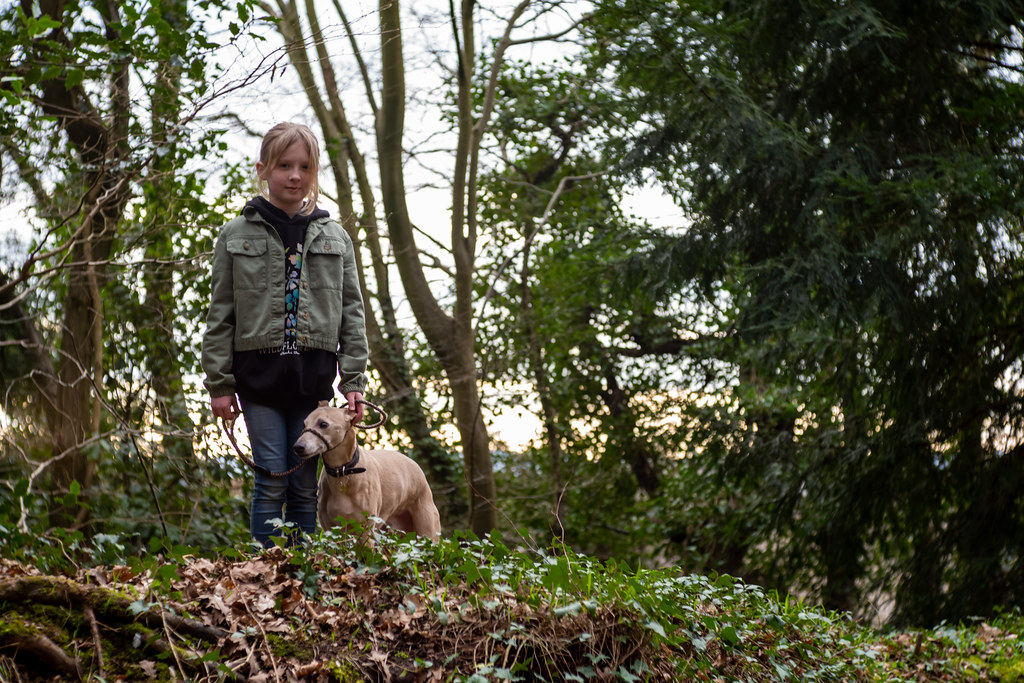
I also found it interesting that it doesn’t seem to vignette as much as I thought it might. Even wide open it seems to be fairly bright into the corners. It flares a little with some colourful ghosting too given the right light.
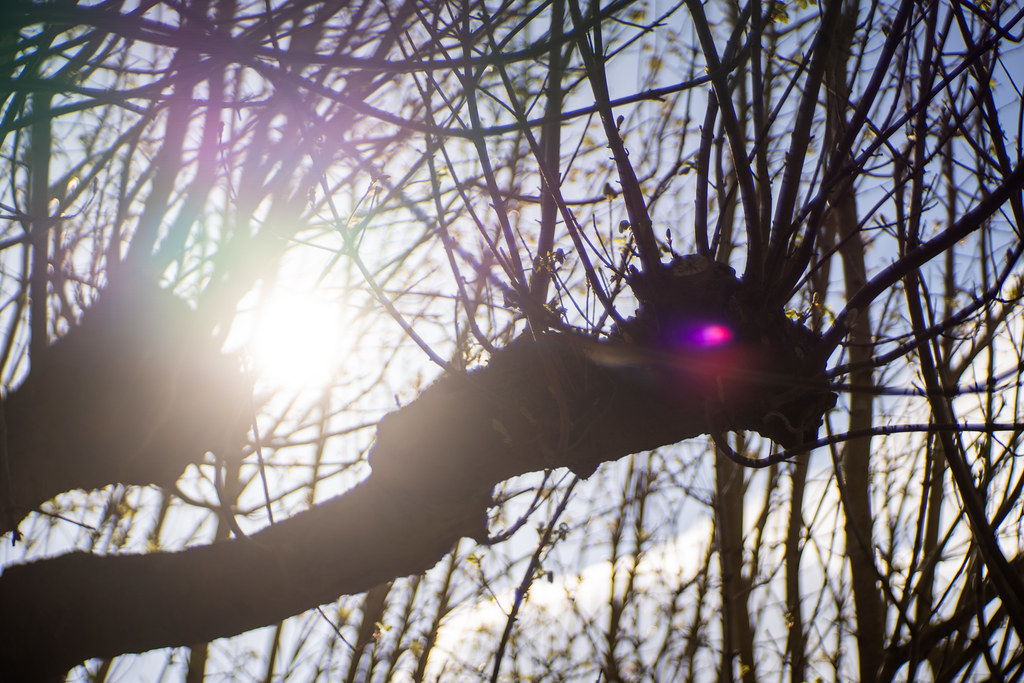
More Primoplan 75mm f/1.9 Photos
These were taken on the M10-P
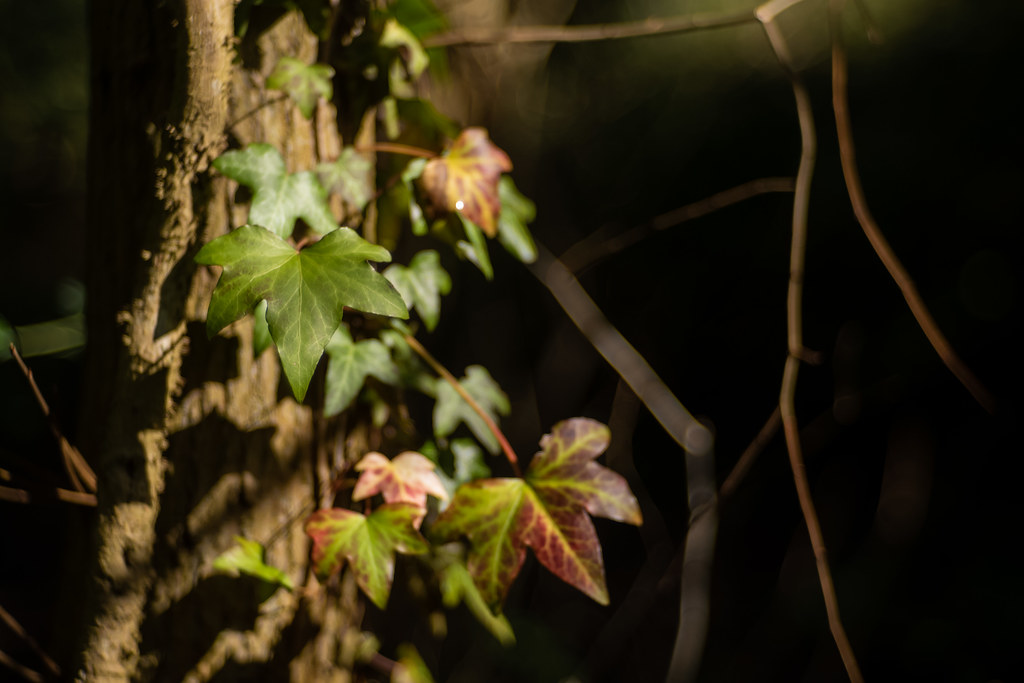
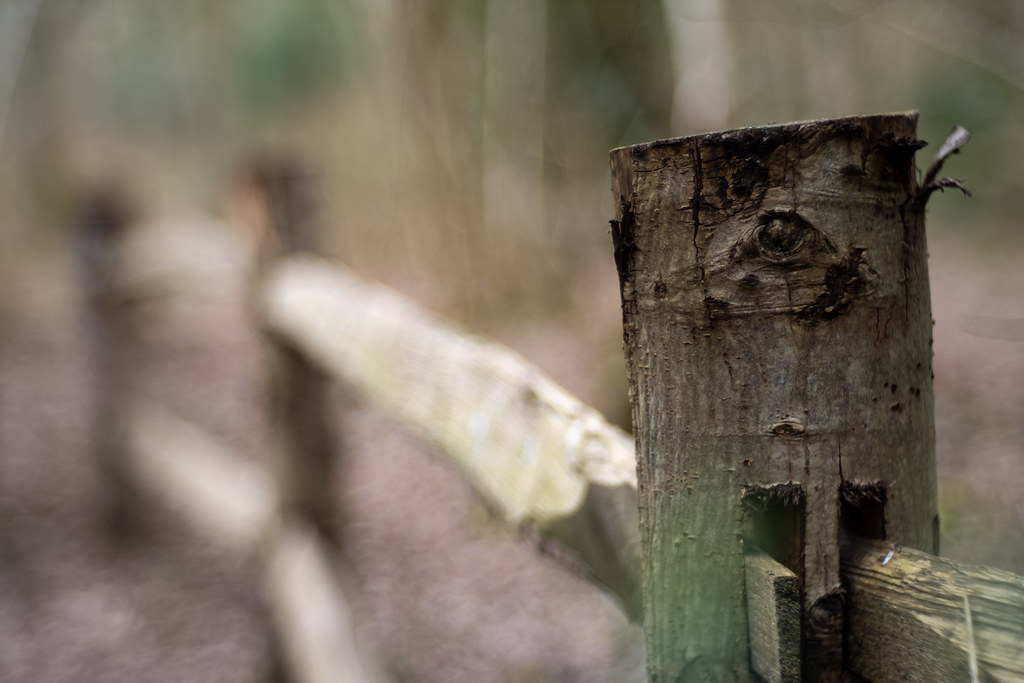
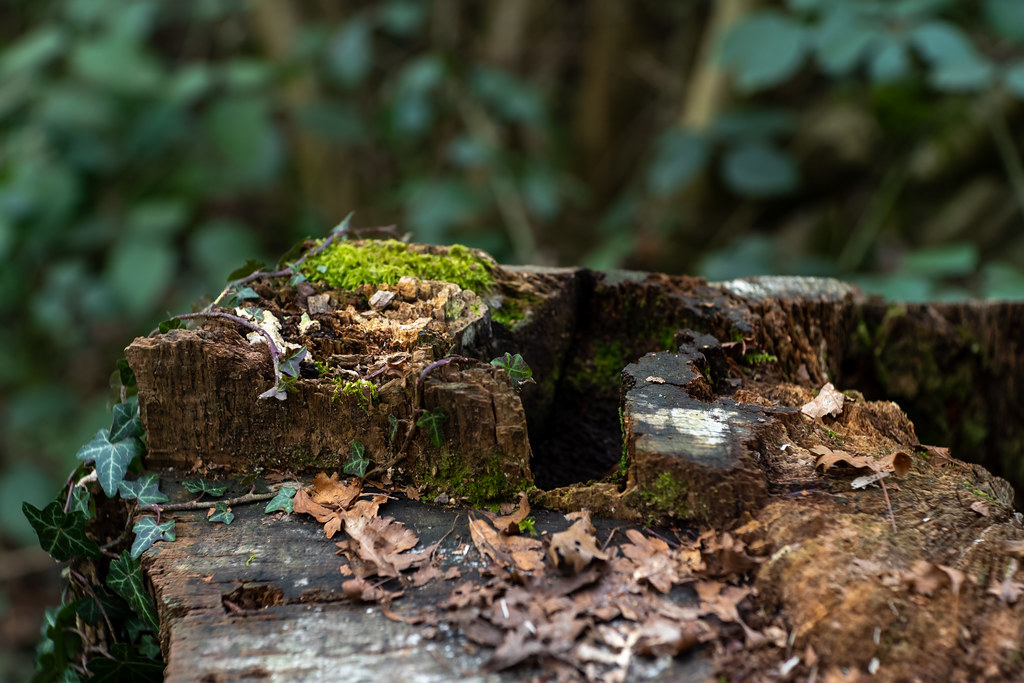
These were taken with the Pentax MX (note the dodgy shutter on some of them)
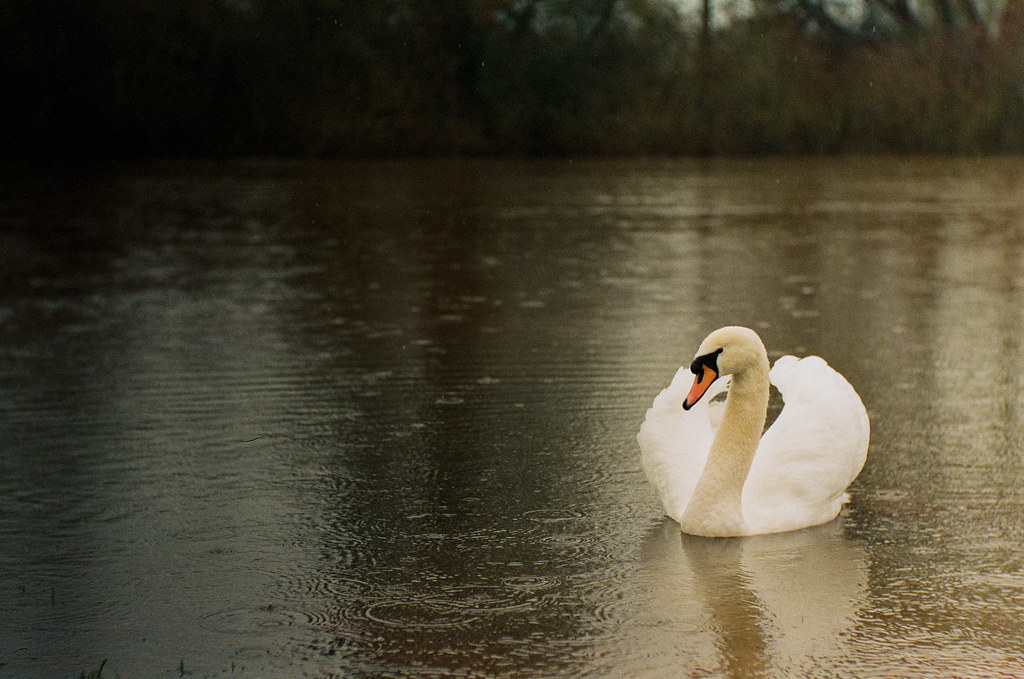

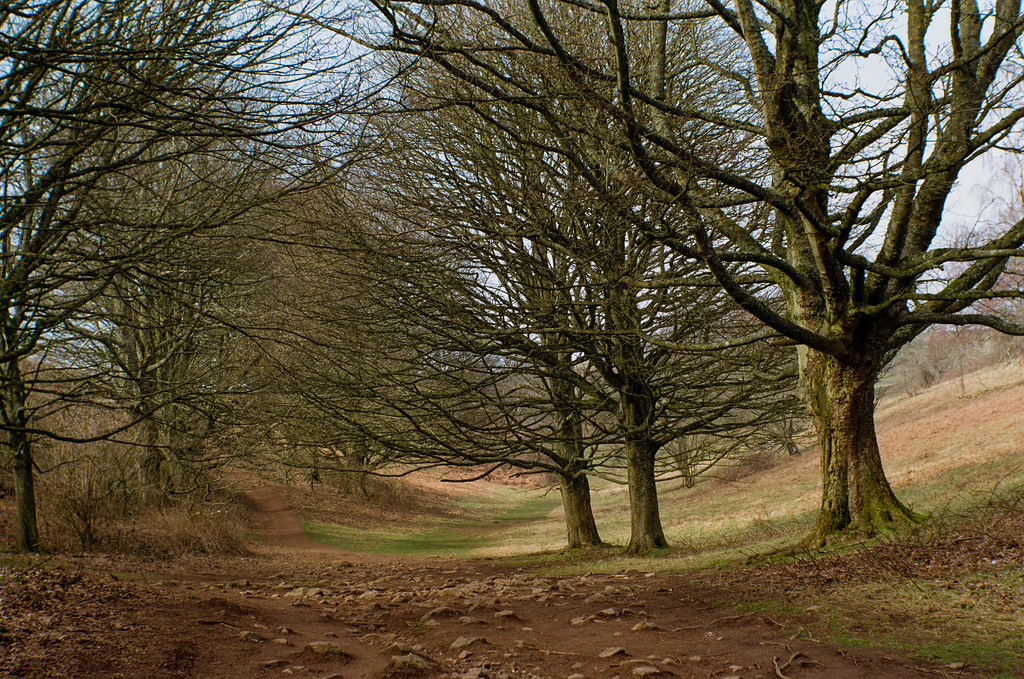
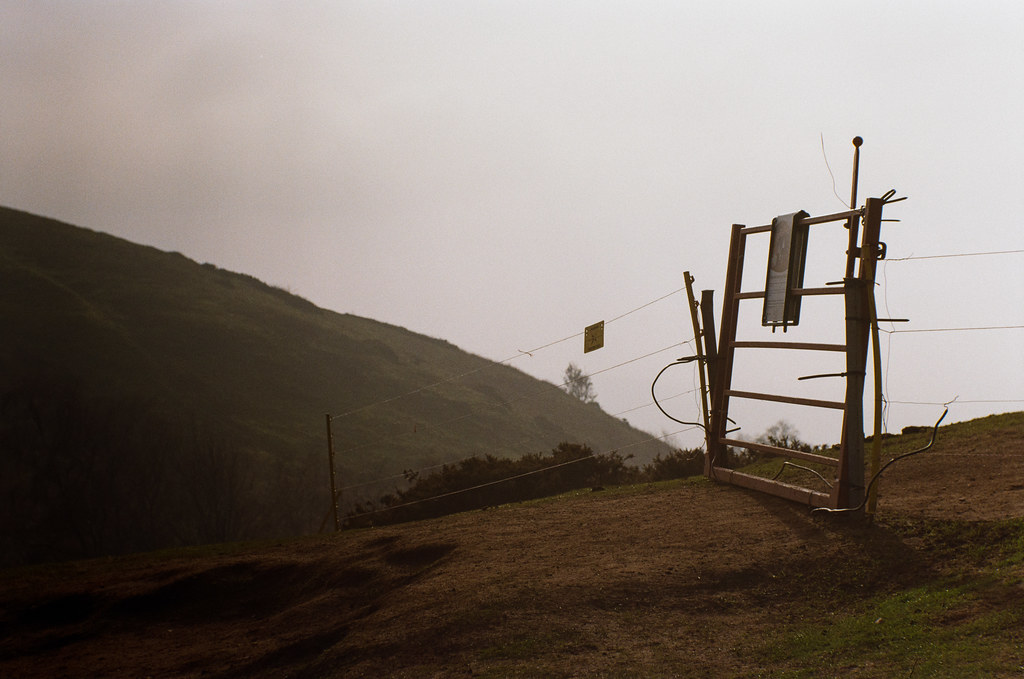

These were taken on my new Chinon CE-4S (Another story for another day) and Kodak Colorplus
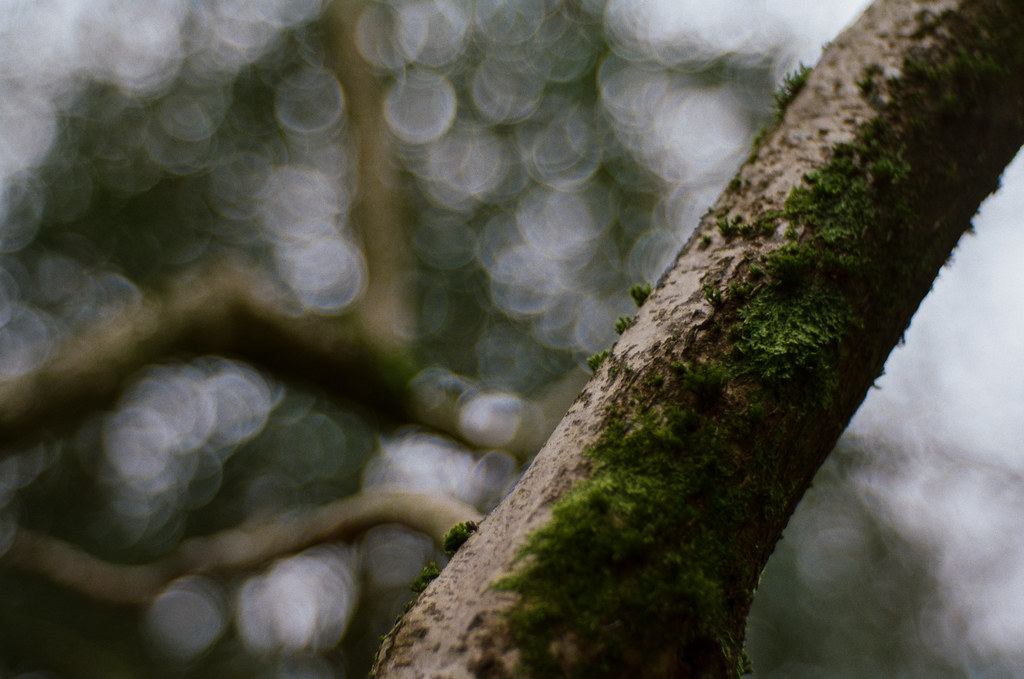
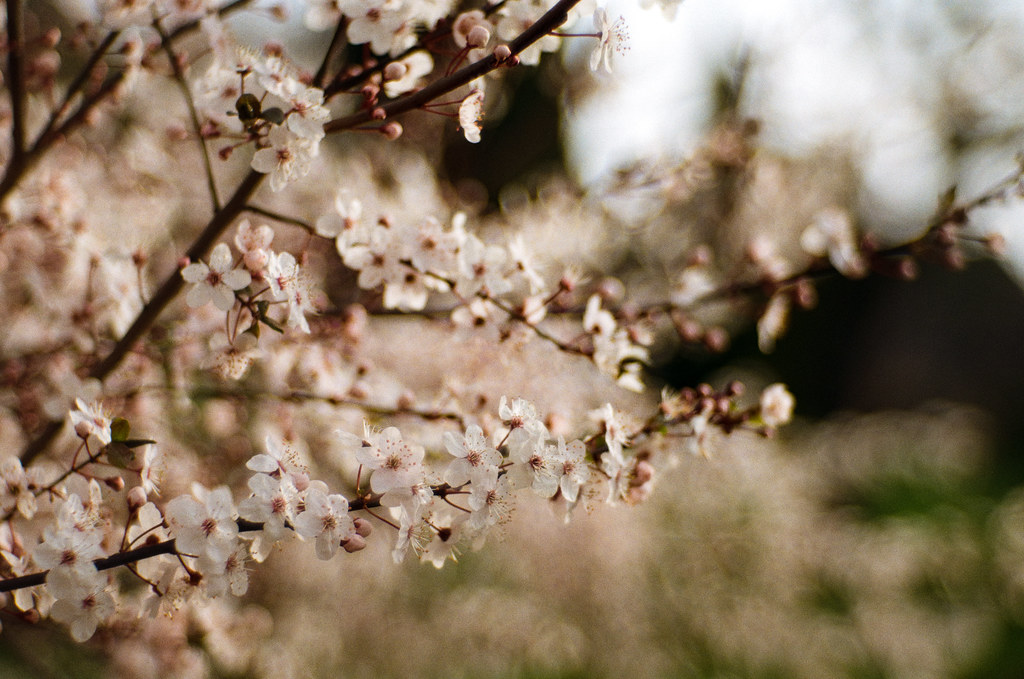

And these last few were taken with the Sony A7iii – I think it might get softer into the corners sooner on this Sony, but I didn’t fo any side-by-side tests.

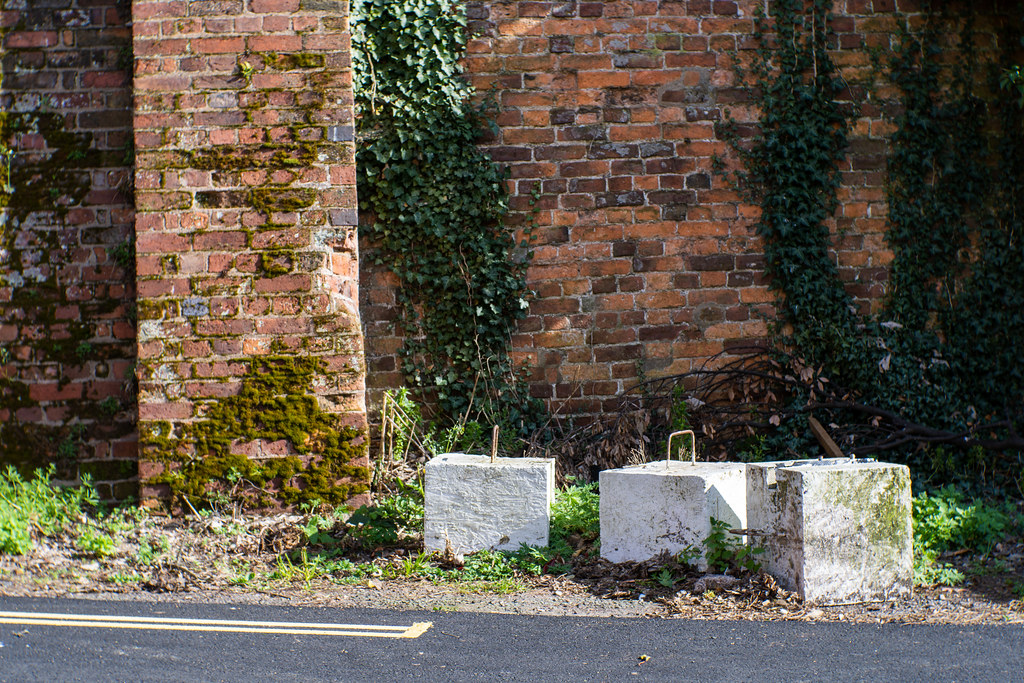

Final Thoughts
The Primoplan 75mm f/1.9 II is definitely my favourite lens out of the new Meyer lenses so far. A part of this, I suspect, likely comes down to the favour I have found in shooting short tele lenses lately. I absolutely loved the Pentax 77mm that I shot extensively last summer, so I suspect that some of that joy has impacted on the experience I have had with the Primoplan.
That said, I must admit, I did find it quite hard to focus wide open on my digital cameras – those portraits of Connie above took a good bit of patience with the Leica, especially the tighter framed one. Depth of field at f/1.9 is very shallow at close distances with most lenses, but it seemed even more shallow with this one. But, when I got it right, I found myself really struck by the overall image. So much so in fact, that I found myself motivated to shoot the Primoplan 75mm f/1.9 II wide open as much as possible.
No, the Primoplan 75mm f/1.9 II is not the lens for you if you want to see perfectly sharp-rendered eyelashes at f/1.9 and 200%, nor is it the lens for you if you want sharp corners (even stopped right down). But, I suspect if you’re reading this review, you probably know that already anyway. The wide-open slight-softness, the stunning transition zones and the really nice bokeh make – to my mind at least – wonderful portraits.
Again, Meyer Optik Görlitz has combined some vintage character traits with some slight reformulation of the optics and modern coatings. Both the 100mm Trioplan and 30mm Lydith do this successfully too. But to me, the Primoplan 75mm f/1.9 II is a bit of a goldilocks example of this – the balance is just right. I am going to struggle to return this lens!
Share this post:
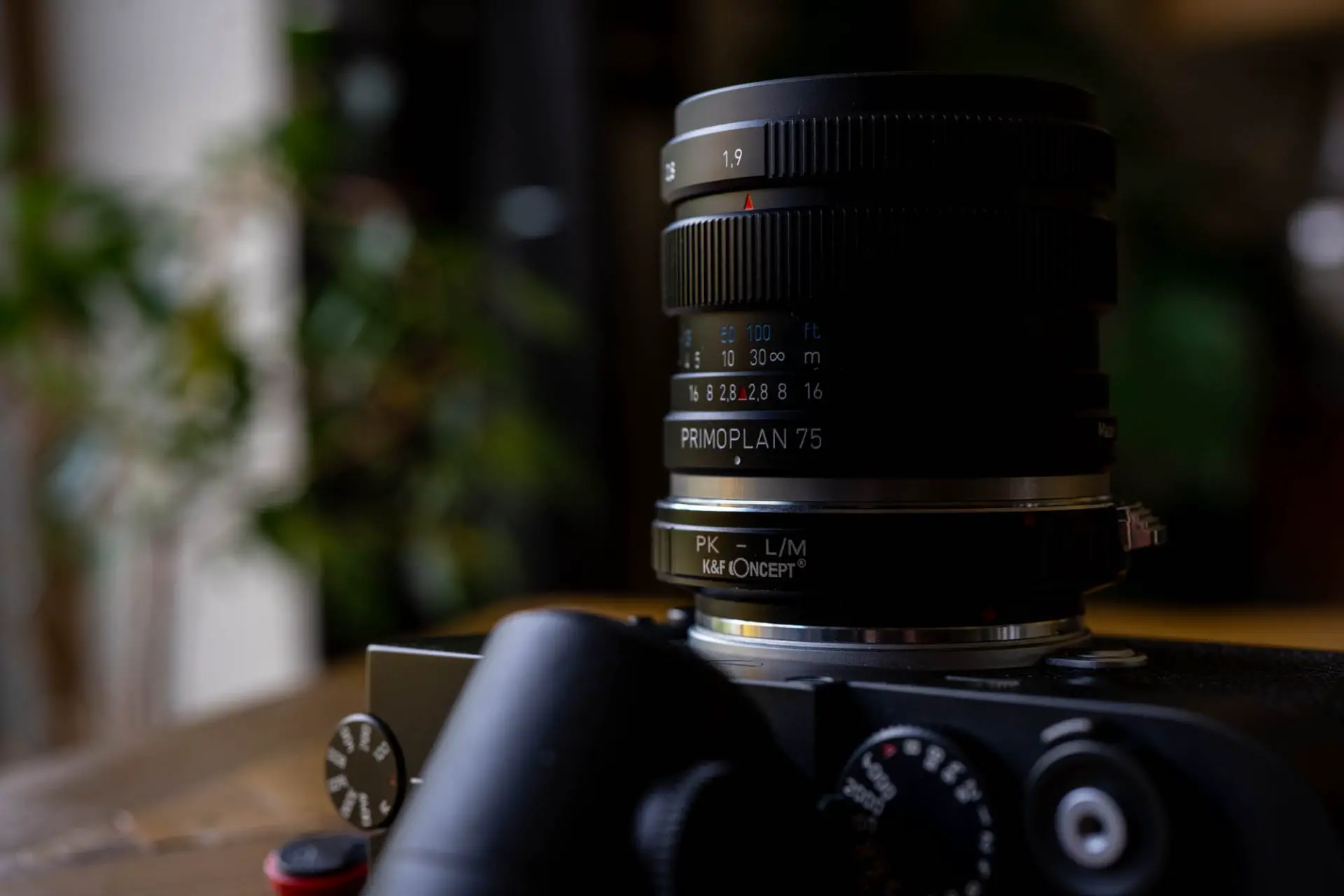








Comments
Andrew Li on Meyer Optik Görlitz Primoplan 75mm f/1.9 II (The New Version) Review
Comment posted: 12/04/2021
... which is the lens I can't never really leave at home. So I guess my question is, is the comparison apt?
Comment posted: 12/04/2021
Baladino on Meyer Optik Görlitz Primoplan 75mm f/1.9 II (The New Version) Review
Comment posted: 05/07/2021
Parallax Enjoyer on Meyer Optik Görlitz Primoplan 75mm f/1.9 II (The New Version) Review
Comment posted: 03/08/2022
MikeA on Meyer Optik Görlitz Primoplan 75mm f/1.9 II (The New Version) Review
Comment posted: 31/01/2024
Comment posted: 31/01/2024